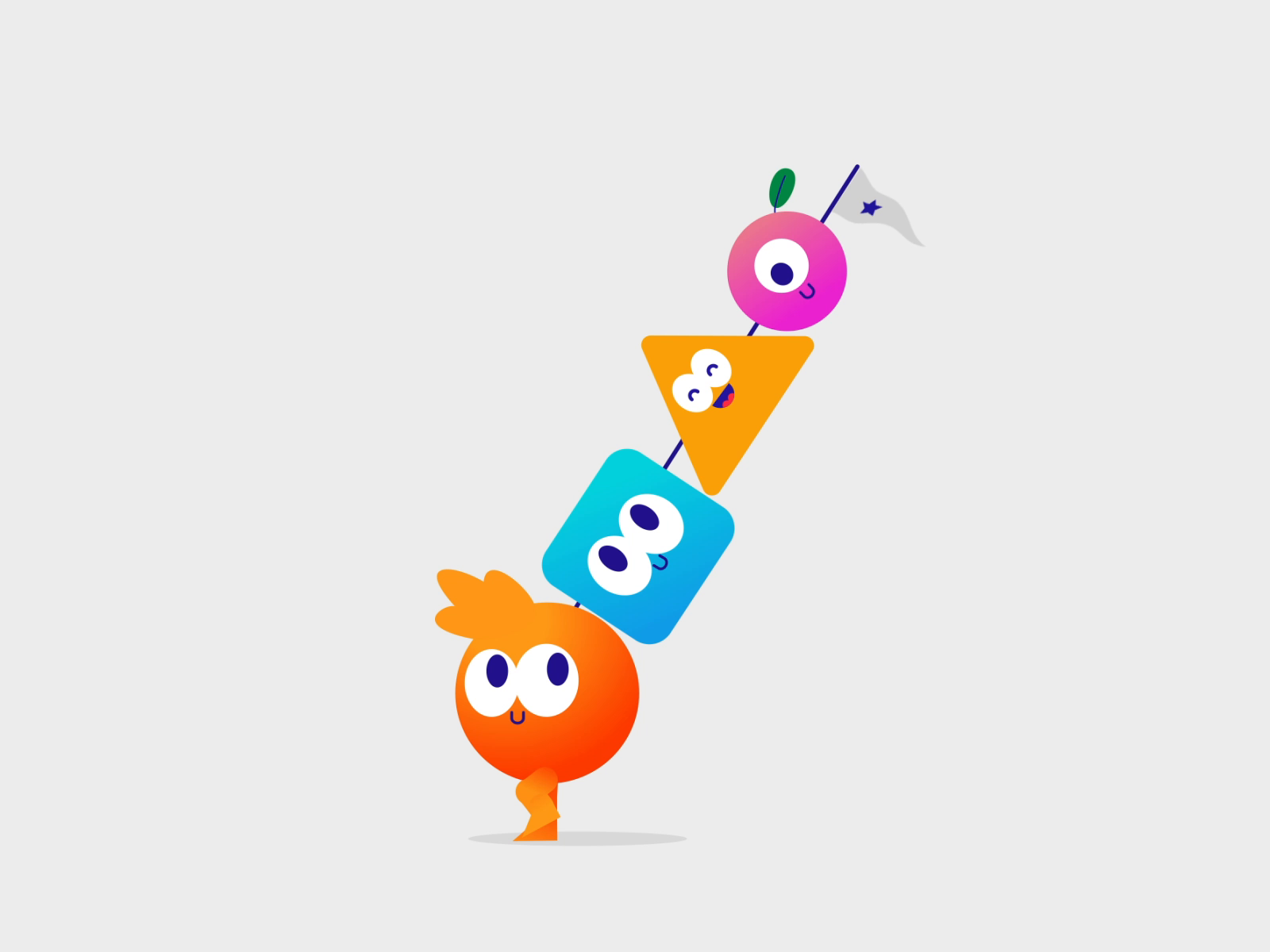

- MOTION DESIGN ANIMATION HOW TO
- MOTION DESIGN ANIMATION MOVIE
- MOTION DESIGN ANIMATION FULL
- MOTION DESIGN ANIMATION SERIES
Similarly, it takes time to decrease speed before something can come to a complete stop.
MOTION DESIGN ANIMATION FULL
In the physical world, objects and humans need to pick up momentum before they can reach full speed. The creative team used a process of capturing each step of the actor walking and then visually translated all the actions to individual images.

MOTION DESIGN ANIMATION MOVIE
While not a true animation, the title sequence for the movie Juno uses a form of cut paper and a rotoscoping-like technique to provide a dynamic style with straight ahead action. Pose to pose usually leads to a more proportional animation that is convincing to the eye. Pose to pose refers to the animation technique in which key frames are planned ahead of each other and then connected to afterward. Straight ahead action refers to the technique of drawing each pose, one right after another, which can yield a fluid animation style.

MOTION DESIGN ANIMATION HOW TO
Learn how to create compelling motion design work with these course from HOW Design University: There are no extraneous details in the background, which helps keep the main focus in the center even though the scene is always moving. While this example includes elements of character animation, it’s a perfect example of staging in a motion design. Influenced by theatrical principles, staging helps establish mood, create focus and clarify what is happening in the scene. The subtle use of squash and stretch adds a sense of weight and volume in the flat tone graphics throughout the motion design. This motion design example, “What it takes to be original,” uses squash and stretch to morph objects, such as the rounded corner rectangle seen in (00:02-00:05). By squashing and stretching the ball, an animator gives a more realistic feel. This principle is often demonstrated with a bouncing ball: the ball appears stretched when it is falling and squashed when it hits the ground. Squash and StretchĪdding exaggeration to an object in motion gives it a greater sense of weight and volume. I will describe each principle as it relates to traditional animation and then (below the video), I will demonstrate a motion design parallel. While some principles relate closer than others, there are parallels in each one that can be related to the design realm.

The following is an examination of the 12 principles as they relate to motion design. This graphical examination is a perfect analogy demonstrating how the principles can be applied to motion design.
MOTION DESIGN ANIMATION SERIES
Designer and animator Cento Lodigiani describes the 12 Basic Principles of Animation in a series of short animations using a simple cube. While there is a clear difference between human character animation and motion design (or motion graphics), the 12 principles are still applicable across these processes. The Illusion of Life was written by Disney animators Ollie Johnston and Frank Thomas, two of the master animators referred to by Walt Disney as the “Nine Old Men.” No matter the style of animation-be it hand drawn, 3D or experimental animation-the 12 principles can be seen in almost any motion-based design. The grammar of motion has been around since long before designers had advanced tools, and it will continue to guide designers after the tools have evolved.Īn influential work on the grammar of motion is the 12 Basic Principles of Animation, first introduced in the book The Illusion of Life: Disney Animation. Understanding the grammar of what molds the craft and the reason why things are happening is key to creating a meaningful design. Mastery of tools does not always guarantee mastery of the craft. When a designer thinks of moving a graphic, various programs such as After Effects, Edge Animate or coding languages such as HTML5, CSS3 and jQuery come to mind. With the growing ubiquity of digital devices, moving interfaces and adapting technology, motion design has become an important part of a designers creative options.


 0 kommentar(er)
0 kommentar(er)
